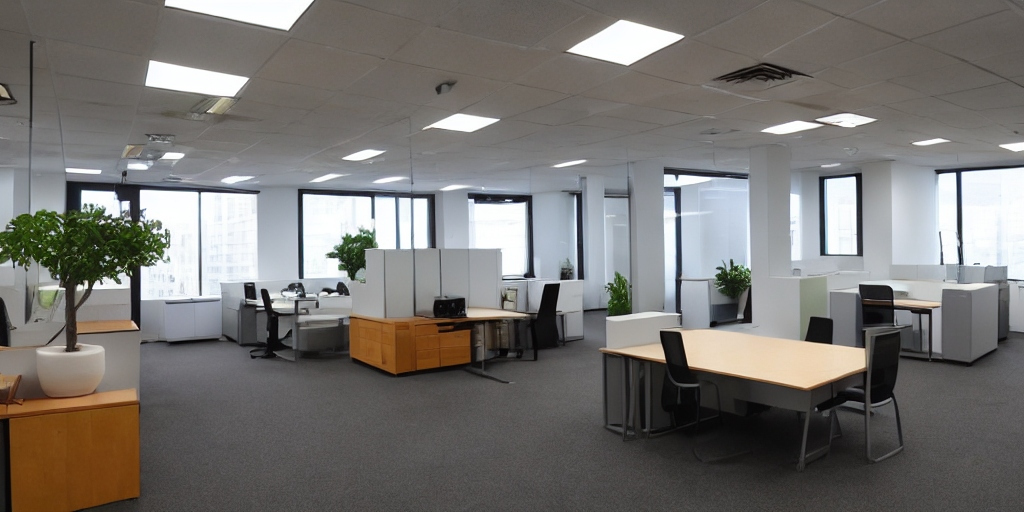
The Black Hole of Office Occupancy: A Long Road to Recovery
The landscape of U.S. office occupancy has been dramatically reshaped by the rise of remote work, leading to what real estate analysis firm Green Street calls a "black hole" in demand. According to Green Street's analysis, the shift to remote work has driven office occupancy levels well below pre-pandemic levels, with vacancy rates hitting historic lows and a recovery to prior usage unlikely for years to come.
One of the key drivers behind this decline in demand is the widespread adoption of remote work, which has fundamentally altered the way companies approach their office space needs. Additionally, companies are now more cost-conscious with their budgets, further dampening demand for office space. With solutions like Corporate Time Shares, businesses have a plethora of options to avoid the rising cost of long term office space.
Since the onset of the COVID-19 pandemic in 2020, the U.S. office market has seen a cumulative decline of 130 million square feet of leased space, surpassing the impact of both the dot-com bubble and the Global Financial Crisis. Available office space now stands at historic highs, accounting for about 25% of existing supply as of the end of 2023.
Achieving pre-pandemic levels of office occupancy will be a formidable challenge. Green Street estimates that under ambitious assumptions, such as robust job growth and absorption rates similar to those seen in 2019, it could take up to five years to reach previous levels. However, a more realistic recovery scenario suggests that it may take even longer, with U.S. occupancy rates not likely to recover to 2019 levels for quite some time.
Unlike previous recoveries, which were typically "V-shaped" with a sharp rebound in demand following economic downturns, the current situation is expected to unfold differently. Remote work is poised to act as a long-term headwind on office demand, meaning that generating the same level of demand for office space will require a substantial increase in new jobs.
In conclusion, the road to recovery for U.S. office occupancy is likely to be long and challenging. While the full extent of the impact of remote work on the office market remains to be seen, it's clear that the traditional office landscape has been fundamentally altered, and the effects are likely to be felt for years to come.
Read more at Yahoo